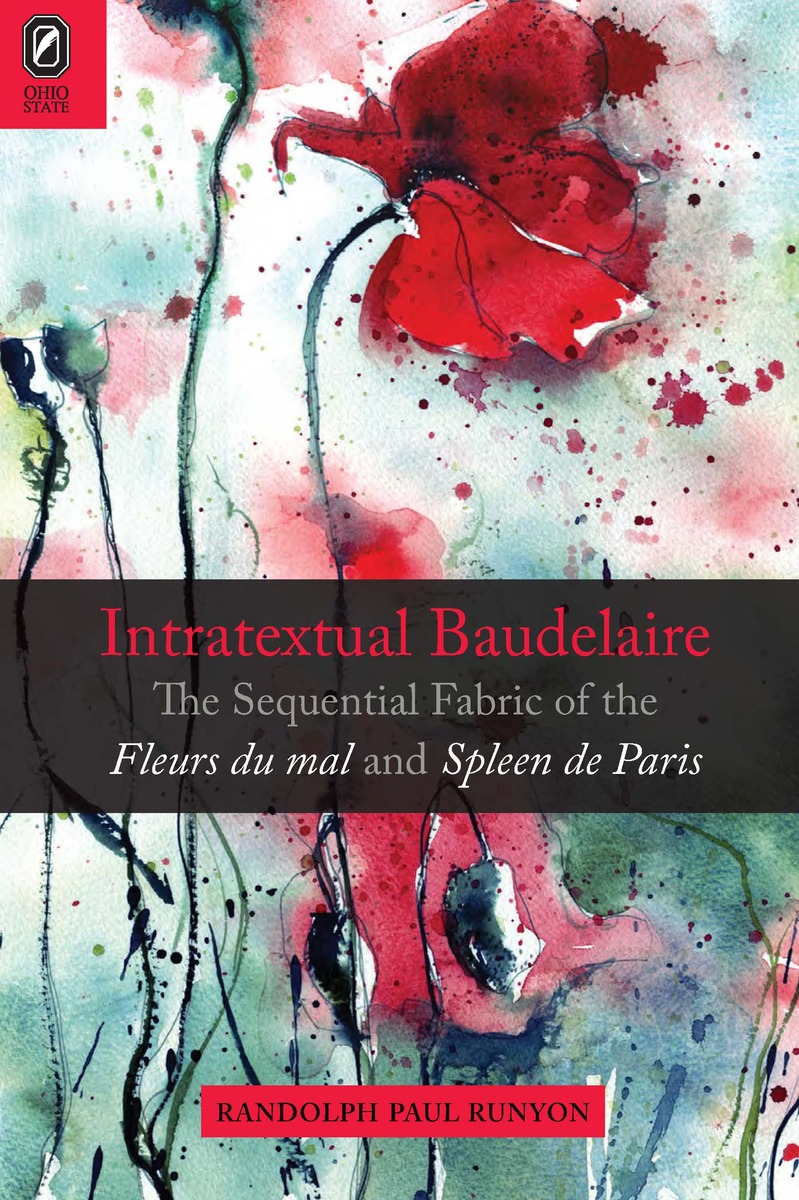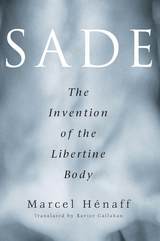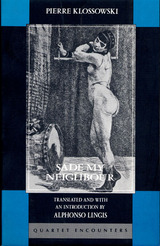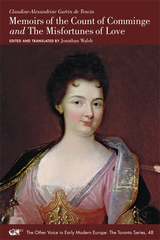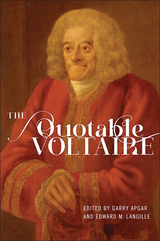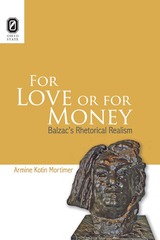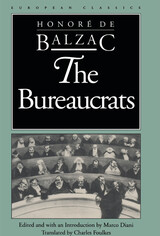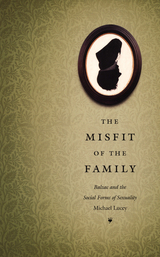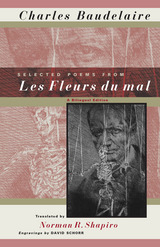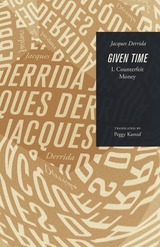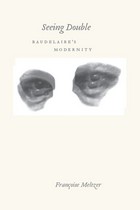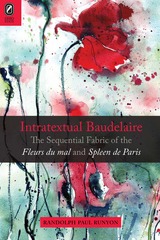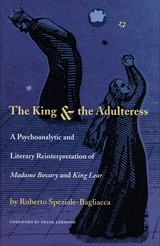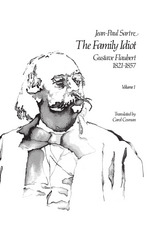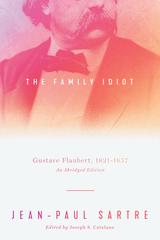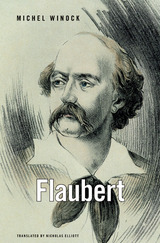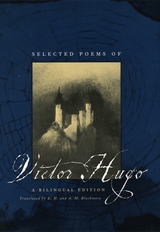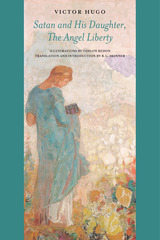Intratextual Baudelaire: The Sequential Fabric of the Fleurs du mal and Spleen de Paris
The Ohio State University Press, 2010
Cloth: 978-0-8142-1118-2 | Paper: 978-0-8142-5682-4 | eISBN: 978-0-8142-7986-1 (individual) | eISBN: 978-0-8142-7132-2 (institutional)
Library of Congress Classification PQ2191.Z5R86 2010
Dewey Decimal Classification 841.8
Cloth: 978-0-8142-1118-2 | Paper: 978-0-8142-5682-4 | eISBN: 978-0-8142-7986-1 (individual) | eISBN: 978-0-8142-7132-2 (institutional)
Library of Congress Classification PQ2191.Z5R86 2010
Dewey Decimal Classification 841.8
ABOUT THIS BOOK | AUTHOR BIOGRAPHY | REVIEWS | TOC
ABOUT THIS BOOK
Intratextual Baudelaire: The Sequential Fabric of the Fleurs du mal and Spleen de Paris by Randolph Paul Runyon provides a new and provocative answer to the question that has intrigued readers for years: did the poet arrange the Fleurs du mal in a meaningful order? Runyon believes so, but not in the way most have conceived the question.
Barbey d’Aurevilly’s claim that there was a “secret architecture” hidden in the Fleurs has long misled scholars by leading them to look for some overarching hierarchical organization, when they should have been looking for how the poems actually fit together, each to each, in the sequential fabric of the text. This is what Runyon has done, in a meticulous reading of every poem and its place in the sequence. Intratextual Baudelaire provides the most thorough analysis available of the textual changes Baudelaire made between the first and second editions and shows why he made them: so that the sequential structure would be preserved despite the addition of new poems and the deletion of those judged obscene.
Extending his analysis to the Spleen de Paris with the same attention to detail and awareness of textual changes, Runyon shows that Baudelaire’s prose-poem collection displays the same rigorous sequential structure. Both collections are revealed as marvels of self-referential intratextuality. Whether one agrees with Runyon or not, Intratextual Baudelaire will certainly generate discussion among French studies scholars.
See other books on: 1821-1867 | Baudelaire, Charles | Criticism, Textual | Runyon, Randolph Paul | Spleen de Paris
See other titles from The Ohio State University Press
